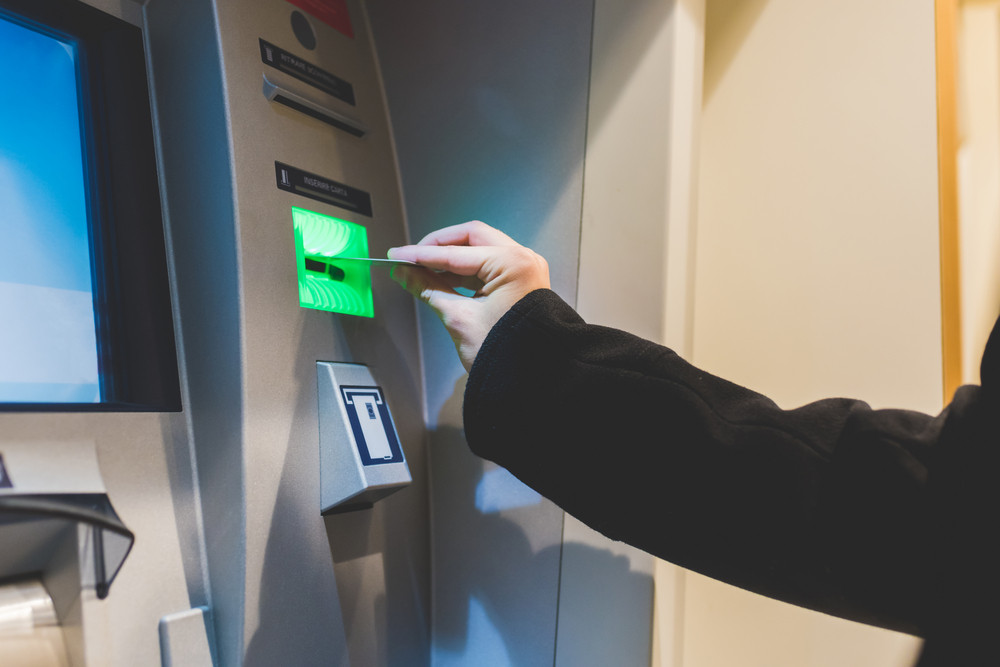
Finding a reliable bank is essential for managing your finances effectively and ensuring your peace of mind. Here are some key steps to help you identify a trustworthy banking institution:
- Research Online Banks: If you’re considering online banking, conduct thorough research on various options. Look into their background, customer reviews, and services offered. While online banking can be convenient, it ensures the institution has a solid reputation and provides adequate customer support.
- Consider Traditional Banks: Traditional “click and mortar” banks offer a blend of online convenience and physical branches. Look for banks that prioritize customer service and community engagement. Community banks or credit unions often provide a more personalized banking experience and may be more responsive to your needs.
- Evaluate Customer Service: Exceptional customer service is crucial when choosing a bank. Consider the accessibility of customer support and the responsiveness of bank representatives. A reliable bank should prioritize customer satisfaction and be readily available to address your concerns.
- Examine Branch Locations: If access to physical branches is important to you, consider the proximity of branch locations to your home or workplace. Having a nearby branch can be convenient for cash transactions, accessing in-person assistance, or attending financial consultations.
- Review Account Options: Look into the variety of account options offered by the bank, including checking, savings, and investment accounts. Evaluate the features, fees, and benefits associated with each account type to ensure they align with your financial goals and preferences.
- Assess Reputation and Stability: Research the bank’s reputation and financial stability. Check for any past controversies, regulatory actions, or customer complaints. A reliable bank should have a strong track record of financial stability and integrity.
- Seek Recommendations: Ask friends, family, or colleagues for recommendations based on their banking experiences. Personal referrals can provide valuable insights into the quality of service, reliability, and trustworthiness of different banks.
- Visit the Bank in Person: Consider visiting the bank in person to get a feel for the environment and interact with staff. Pay attention to the level of professionalism, friendliness, and competence of the employees.
- Explore Additional Services: Beyond basic banking services, explore any additional offerings such as online banking tools, mobile apps, or financial planning services. These resources can enhance your banking experience and help you achieve your financial goals more effectively.
- Choose Based on Your Needs: Ultimately, select a bank that meets your specific needs and preferences. Whether you prioritize convenience, personalized service, or comprehensive financial solutions, choose a bank that aligns with your values and priorities.
By following these steps and conducting thorough research, you can find a reliable bank that serves as a trusted partner in managing your finances. Whether you opt for an online bank, a traditional institution, or a community-focused Cincinnati bank, prioritize reliability, customer service, and financial stability when making your decision.

